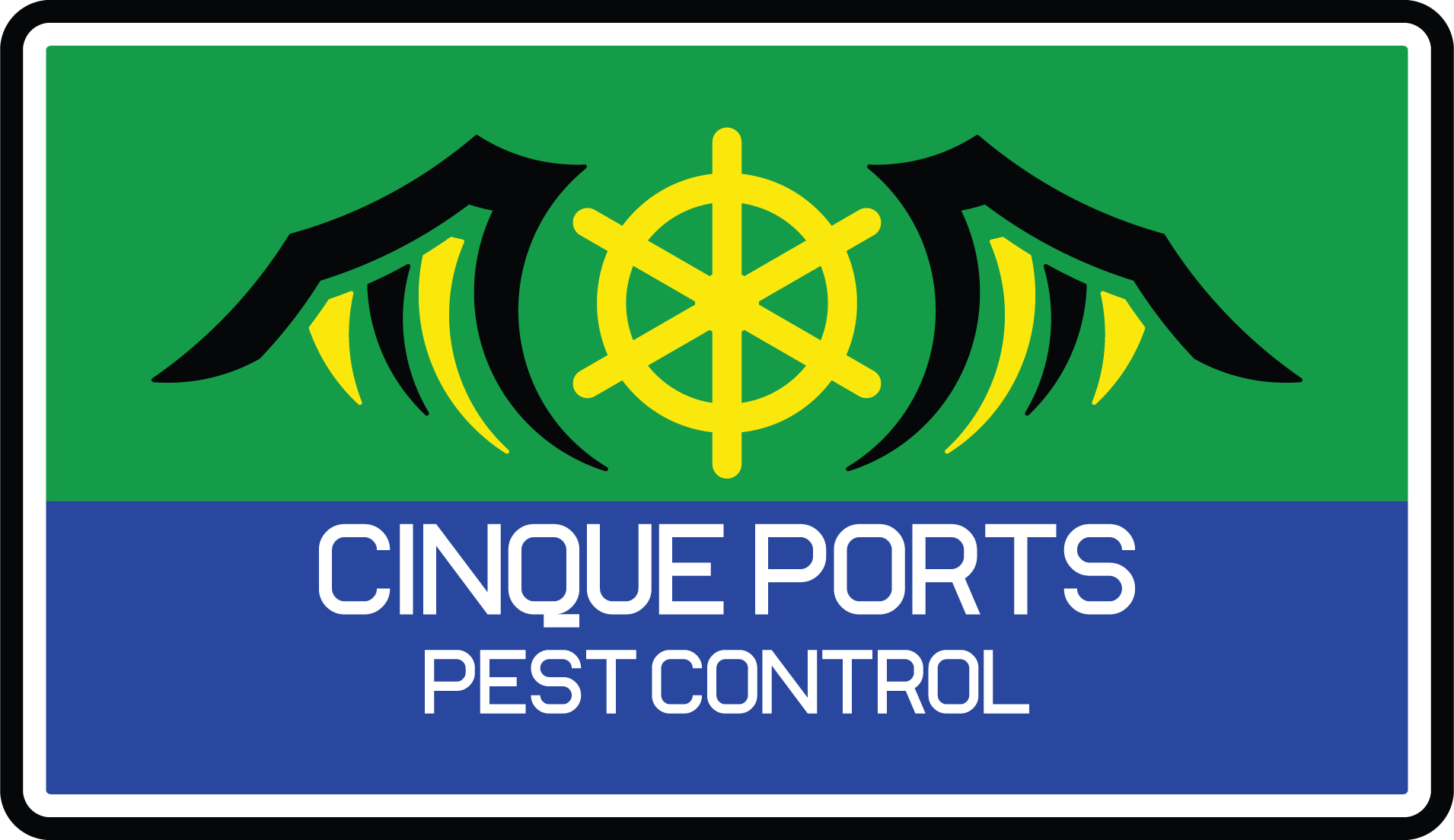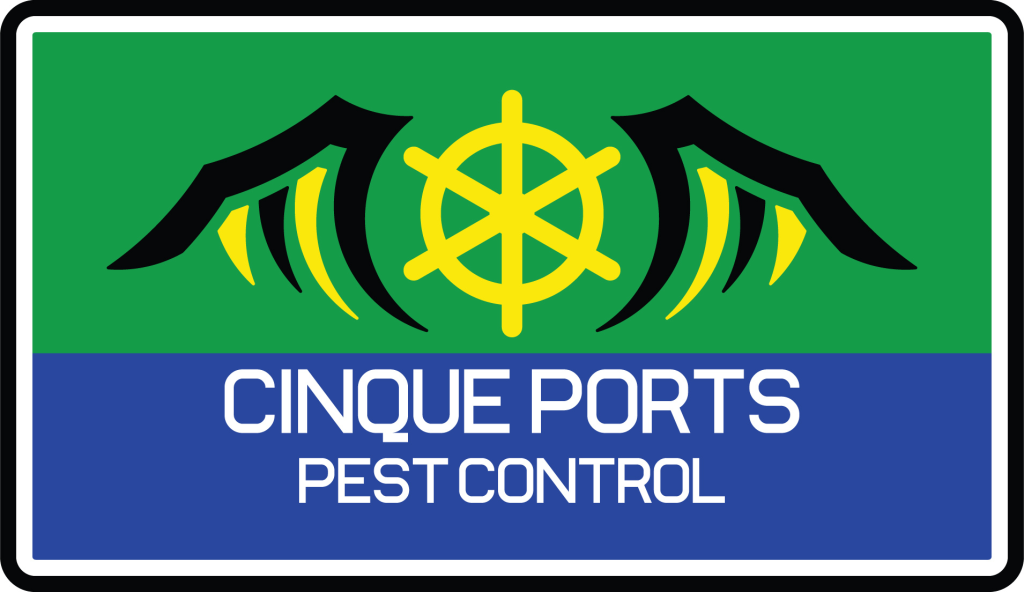Will Pest Control Find and Seal Rat Entry Points?
So, Will Pest Control Find and Seal Rat Entry Points?
When you notice rats in your home or business, one of the first concerns is whether pest control will find and seal the entry points. Removing the current rodents is only part of the solution. Without proofing the building, rats are likely to come back. This blog explains what professional pest control involves, why sealing entry points is essential, and how long-term results are achieved.
Why Entry Points Matter
Rats are skilled at squeezing through small spaces. An opening as little as 15mm wide is enough for them to get inside. These gaps often go unnoticed until an infestation begins. Common entry points include:
- Holes around pipes in kitchens or bathrooms.
- Broken air bricks or vents.
- Cracks in brickwork or foundations.
- Gaps under doors or around roofing.
- Damaged drains and sewers.
If these weak spots remain open, rats will return even after treatment. Sealing is therefore as important as removal.
What Pest Control Usually Includes
A professional pest control service is more than just laying traps. The process usually involves three main steps:
1. Inspection
The first stage is a detailed property survey. The technician looks both inside and outside, checking for droppings, gnaw marks, and grease trails. From this, they identify where rats are entering.
2. Treatment
Once the access points are understood, treatments such as bait stations or traps are used to remove the existing infestation. Safe and regulated products ensure results without putting people, pets, or wildlife at risk.
3. Proofing Advice
After treatment, a reliable pest controller provides advice on sealing entry points. This may include fitting mesh to air bricks, using concrete to block wall gaps, or installing bristle strips on doors.
At Cinque Ports Pest Control, we not only advise but also carry out sealing work, giving customers peace of mind that the same issue will not happen again.
Can Pest Control Provide a Permanent Solution?
The most effective solution combines removal and proofing. If rats are cleared but entry points remain open, they can return within weeks. On the other hand, sealing gaps without removing the infestation leaves the problem trapped inside.
A full service deals with both at once: eliminating the current rodents and blocking re-entry. This two-step process offers long-term protection.
Why Professional Help is Better Than DIY
Some people attempt to tackle the problem with traps or poison bought in shops. While this may reduce numbers, it rarely solves the root cause. Entry points in drains, loft spaces, or wall cavities are often missed.
Professionals bring experience and tools that make a difference. Thermal imaging, drain cameras, and rodent-proof materials are examples of methods that go beyond DIY solutions. Choosing an accredited company, such as those listed on TrustMark, ensures the work meets industry standards.
Risks of Leaving Entry Points Unsealed
If gaps are left unsealed, the infestation cycle is likely to repeat. The risks include:
- Property damage: Rats gnaw wiring, timber, and pipes.
- Health concerns: Diseases such as leptospirosis can spread through urine and droppings.
- Financial cost: Ongoing infestations require repeated treatments, which become expensive over time.
Proofing once is often more cost-effective than constant short-term fixes.
How Technicians Seal Entry Points
The sealing process varies depending on the building, but common methods include:
- Wire mesh for vents and air bricks.
- Cement or sealant for cracks in walls.
- Drain covers or one-way valves to prevent rats climbing from sewers.
- Bristle strips under external doors.
- Metal sheeting to protect vulnerable wooden areas.
By applying the right material in the right place, technicians ensure rodents cannot chew through or push past the barriers.
Long-Term Prevention Measures
Alongside professional sealing, property owners can take simple steps to reduce the risk of rats returning:
- Store food in sealed containers.
- Keep bins closed and waste areas clean.
- Cut back vegetation close to walls.
- Repair broken drains quickly.
- Avoid leaving pet food out overnight.
These actions make the property less attractive and support the professional work already carried out.
Choosing the Right Pest Control Company
Not all pest control services provide proofing. When choosing a company, check that sealing work is part of their service. Looking at independent reviews also helps. Cinque Ports Pest Control is listed on Checkatrade, where customers can see ratings and feedback based on real experiences.
Selecting a local company with proven standards means the problem is treated thoroughly, not just temporarily reduced.
Summary
So, will pest control find and seal rat entry points? Yes — a professional service should include both removal and proofing. Without sealing, rats will almost always return. With sealing, the property becomes protected against future infestations.
At Cinque Ports Pest Control, we combine effective treatments with long-term proofing to ensure rats are not only removed but kept out. Our team works across Kent, providing trusted services backed by TrustMark standards and Checkatrade reviews. If you suspect rats are present, do not wait — contact us today for an inspection and complete proofing solution.
About CPPC.
© 2025 Powered by SEONAT
Contact Us
- 9 Seabourne Way, Dymchurch, Romney Marsh TN29 0PX
- info@cinqueportspestcontrol.co.uk
- 07786315875

